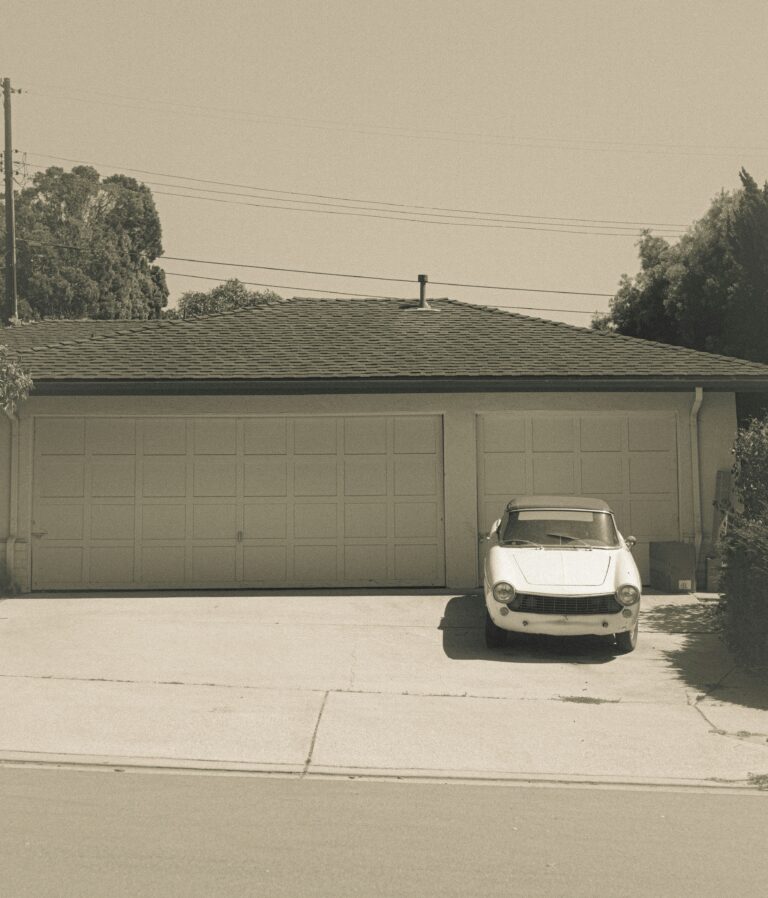
When you rent an apartment, condo, or house, your landlord’s insurance policy covers the building itself—but what about your belongings? Imagine coming home to find your laptop stolen, your furniture ruined by a burst pipe, or a guest injured in your living room. Without renters insurance, you could face thousands of dollars in unexpected costs. Renters insurance isn’t just a safety net; it’s a smart financial decision that protects your lifestyle, your budget, and your future.
we’ll break down everything you need to know about renters insurance: what it covers, why you need it, how to choose the right policy, and even how to save money without sacrificing coverage.
Why Renters Insurance Matters More Than You Think
Renting a home offers flexibility and freedom, but it also comes with risks. According to the Insurance Information Institute, only 57% of renters have insurance, compared to 95% of homeowners. This gap leaves millions of people vulnerable to financial disaster. Here’s why skipping renters insurance is a gamble you can’t afford:
- Your Landlord’s Policy Doesn’t Cover You
Your landlord’s insurance protects the structure of the building, not your personal belongings. If a fire destroys your rented home, their policy will pay to rebuild the walls—not replace your furniture, electronics, or clothing. - Accidents Happen—Even to Careful People
A spilled drink ruins your neighbor’s expensive rug. A kitchen fire spreads to other units. A guest slips on your wet bathroom floor. Liability claims can cost tens of thousands of dollars, and without insurance, you’re on the hook. - Displacement Costs Add Up Fast
If your rental becomes uninhabitable due to a covered event (like a storm or burst pipe), renters insurance covers temporary housing, meals, and other living expenses. Without it, you’d pay out-of-pocket for a hotel during repairs. - It’s Surprisingly Affordable
Renters insurance costs an average of $15–$30 per month—less than most streaming subscriptions. For pennies a day, you gain financial security and peace of mind.
What Does Renters Insurance Cover? Breaking Down the Basics
Renters insurance is a flexible, customizable safety net designed to fit your unique needs. Most policies include three core types of coverage:
1. Personal Property Coverage
This protects your belongings from theft, damage, or destruction caused by covered perils like fire, vandalism, windstorms, and plumbing issues. Covered items typically include:
- Furniture and electronics
- Clothing, jewelry, and appliances
- Sports equipment, musical instruments, and hobby gear
Key Tip: High-value items like engagement rings, art, or collectibles may require additional “scheduled personal property” coverage.
2. Liability Protection
Liability coverage shields you if you’re found legally responsible for injuries or property damage to others. Examples include:
- A dog bite (even if your pet has no history of aggression)
- Accidental damage to a neighbor’s property
- Legal fees if someone sues you
Most policies offer $100,000–$500,000 in liability coverage, with options to increase limits.
3. Additional Living Expenses (ALE)
If your rental becomes temporarily unlivable due to a covered event, ALE reimburses costs like:
- Hotel stays
- Restaurant meals
- Laundry services
- Storage unit rentals
What Renters Insurance Doesn’t Cover: Common Exclusions
While renters insurance is broad, it doesn’t cover every scenario. Typical exclusions include:
- Floods and Earthquakes: Require separate policies.
- Bed Bugs or Pest Infestations: Considered preventable maintenance issues.
- Your Roommate’s Belongings: Unless they’re listed on your policy.
- Intentional Damage or Criminal Acts: E.g., arson.
Always review your policy’s fine print and ask your agent about add-ons for unique risks.
How Much Renters Insurance Do You Need? A Step-by-Step Guide
Step 1: Calculate Your Personal Property Value
Create a home inventory by listing all your belongings and their approximate value. Use apps like Encircle or Google Sheets to simplify the process. Don’t forget smaller items like kitchenware, decor, or shoes—they add up quickly!
Example:
- Furniture: $5,000
- Electronics: $3,500
- Clothing: $2,000
- Jewelry: $1,500
- Total: $12,000
Step 2: Choose Between Actual Cash Value vs. Replacement Cost
- Actual Cash Value (ACV): Pays the depreciated value of your items (e.g., a 5-year-old TV). Cheaper premiums but lower payouts.
- Replacement Cost Value (RCV): Covers the cost to buy new equivalents. Slightly higher premiums but better protection.
Pro Tip: Opt for RCV if you can afford it—it’s worth the extra $3–$5/month.
Step 3: Assess Your Liability Risks
Consider your lifestyle. Do you host parties? Own a dog? Work from home with clients visiting? Higher liability limits (e.g., $300,000+) provide stronger protection.
Step 4: Factor in Deductibles
Your deductible is the amount you pay out-of-pocket before insurance kicks in. Choosing a higher deductible (e.g., $1,000 vs. $500) lowers your premium but increases upfront costs during a claim.
How to Save Money on Renters Insurance Without Sacrificing Coverage
- Bundle Policies: Insurers like State Farm and Allstate offer up to 25% off for bundling renters and auto insurance.
- Install Safety Devices: Smoke detectors, deadbolts, or security systems may qualify for discounts.
- Maintain Good Credit: Many states allow insurers to use credit scores to set rates.
- Ask About Discounts: Students, seniors, and non-smokers often qualify for savings.
- Pay Annually: Avoid monthly service fees by paying your premium in full.
Top 5 Renters Insurance Myths—Debunked
Myth 1: “My landlord’s insurance covers me.”
Truth: Their policy only protects the building, not your stuff.
Myth 2: “I don’t own enough to need insurance.”
Truth: Even minimalists own $10,000+ in belongings (clothes, gadgets, furniture).
Myth 3: “Renters insurance is too expensive.”
Truth: It costs less than most phone bills—and can save you from financial ruin.
Myth 4: “My roommate’s policy covers me.”
Truth: You need your own policy unless explicitly named on theirs.
Myth 5: “Filing a claim will skyrocket my rates.”
Truth: Most small claims (e.g., $1,500 theft) have minimal impact on premiums.
How to File a Renters Insurance Claim: A Stress-Free Checklist
- Document the Damage: Take photos/videos and note missing items.
- Prevent Further Damage: Cover broken windows or tarp a leaky roof.
- Contact Your Insurer: File claims ASAP—many companies have 24/7 hotlines.
- Provide Proof: Submit your home inventory, receipts, or police reports.
- Keep Records: Save emails, claim numbers, and repair estimates.
The Bottom Line: Renters Insurance Is Non-Negotiable
Life is unpredictable, but renters insurance lets you face the unexpected with confidence. Whether you’re a college student in a studio apartment or a family renting a suburban home, a tailored policy ensures you’re never left picking up the pieces alone.
Take action today: Compare quotes from top providers, customize your coverage, and protect what matters most. For less than the cost of a weekly coffee run, you’ll gain security, stability, and the freedom to enjoy your rented space without worry.
Your home isn’t just where you live—it’s where your life happens. Insure it accordingly.
Disclaimer: This article is for informational purposes only. Policy terms vary by provider and state. Always consult a licensed agent for personalized advice.



























